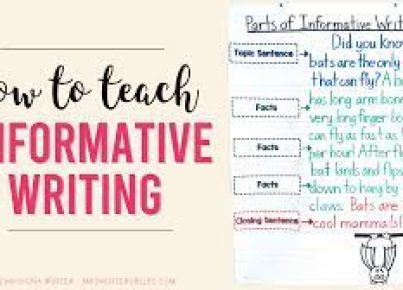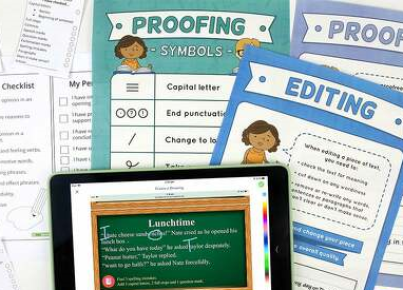A personal narrative is a unique and intimate storytelling format that allows the writer to share an important or memorable event in their life. Writing a personal narrative is not only a way to express oneself, but also an opportunity to connect with others who may have had similar experiences. Here is a step-by-step guide on how to craft your own personal narrative.
1. Reflect on your life experience
Before you begin writing, take some time to reflect on your life and identify significant moments or events that have shaped you. These could be related to family, friends, school, work, or even broader social issues. Make a list of possible story ideas, focusing on those that evoke strong feelings or connections.
2. Choose your central theme
Select a single theme or event from your list that you feel passionate about sharing with others. This should be something that has had a profound impact on you and offers valuable insights or lessons for the reader. Your chosen theme should also be flexible enough for you to use creative storytelling techniques like imagery, dialogue, and flashbacks.
3. Create an outline
Planning your narrative structure beforehand can help ensure that your story flows smoothly and remains engaging. Start by outlining the key points you want to address in each section of your story; this may include the introduction, rising action, climax, falling action, and conclusion. Consider any relevant details or perspectives that would help to enrich the reader’s understanding of your narrative.
4. Use vivid language and descriptions
The use of detailed language is essential for creating immersive personal narratives that transport readers into your world. Describe the sights, sounds, smells, tastes, and feelings associated with each moment in order to evoke an emotional response from your audience. Employing metaphors and similes can also enhance the impact of your descriptions.
5. Include dialogue
Incorporating dialogue into your personal narrative can help bring your story to life by adding authenticity and character development. Ensure that the conversations in your narrative reflect the characters’ personalities and contribute to the overall theme of the story. Remember to use proper punctuation and formatting for dialogue.
6. Establish a strong voice
The voice in a personal narrative should be unique, genuine, and emotionally expressive. Writing in the first person will enable you to convey your experiences and emotions more effectively, while also fostering a sense of intimacy with the reader. Stay true to your own perspective and avoid adopting an artificial or exaggerated tone.
7. Revise and edit
After completing your first draft, set it aside for a short period before returning to revise and edit your work. This allows you to approach your narrative with fresh eyes and identify any inconsistencies, redundancies, or areas that require clarification. Grammar, punctuation, and spelling errors should also be addressed during this stage.
8. Seek feedback
Share your personal narrative with friends, family members, or writing groups to gain valuable feedback on how well your story resonates with others. Use this input to refine your narrative further and enhance its overall impact.
By following these steps, you can create a powerful personal narrative that showcases your unique experiences and perspectives while connecting deeply with readers. Remember that practice is key – the more you write, the more open and skilled you will become at sharing your personal stories.




